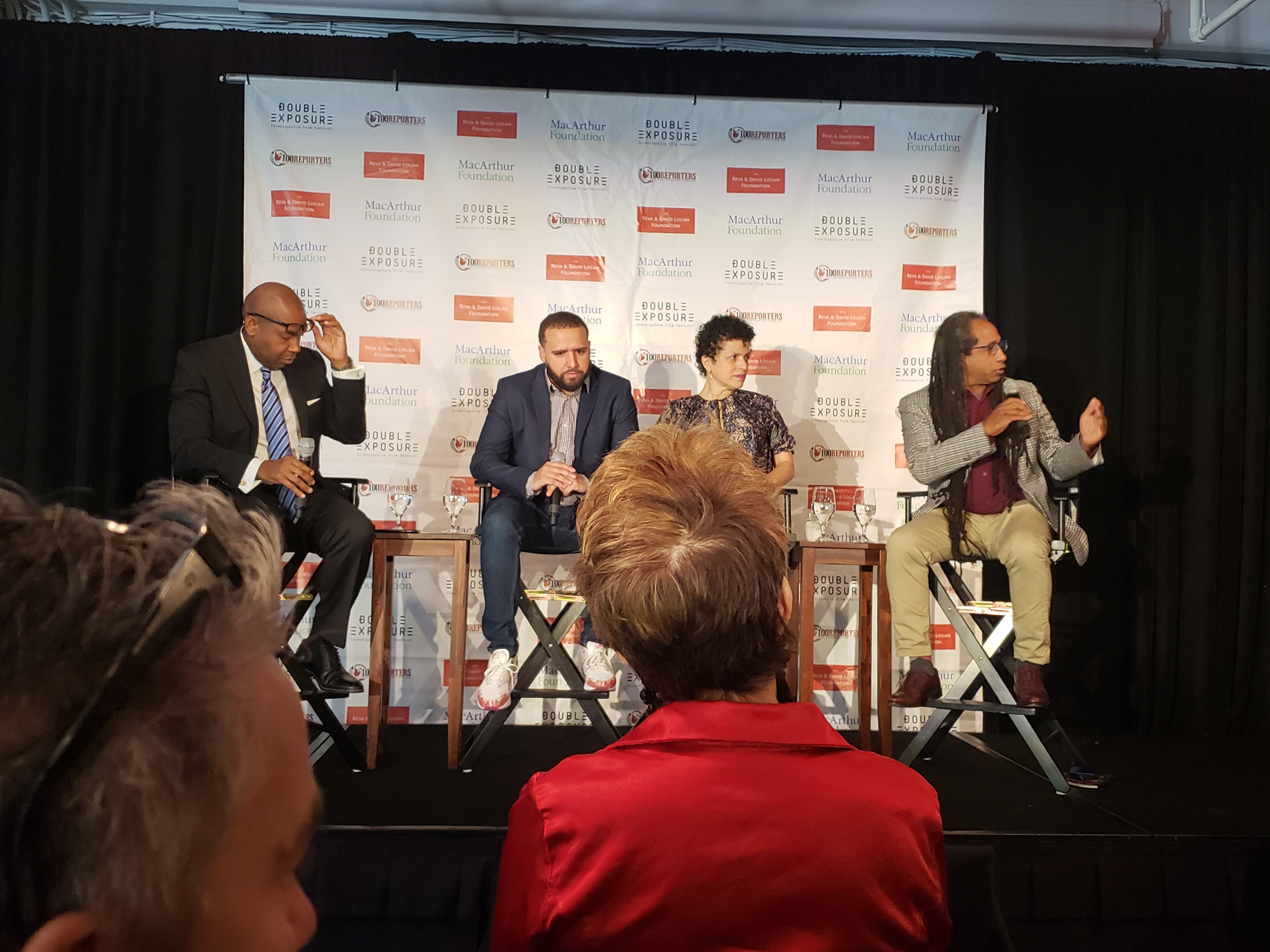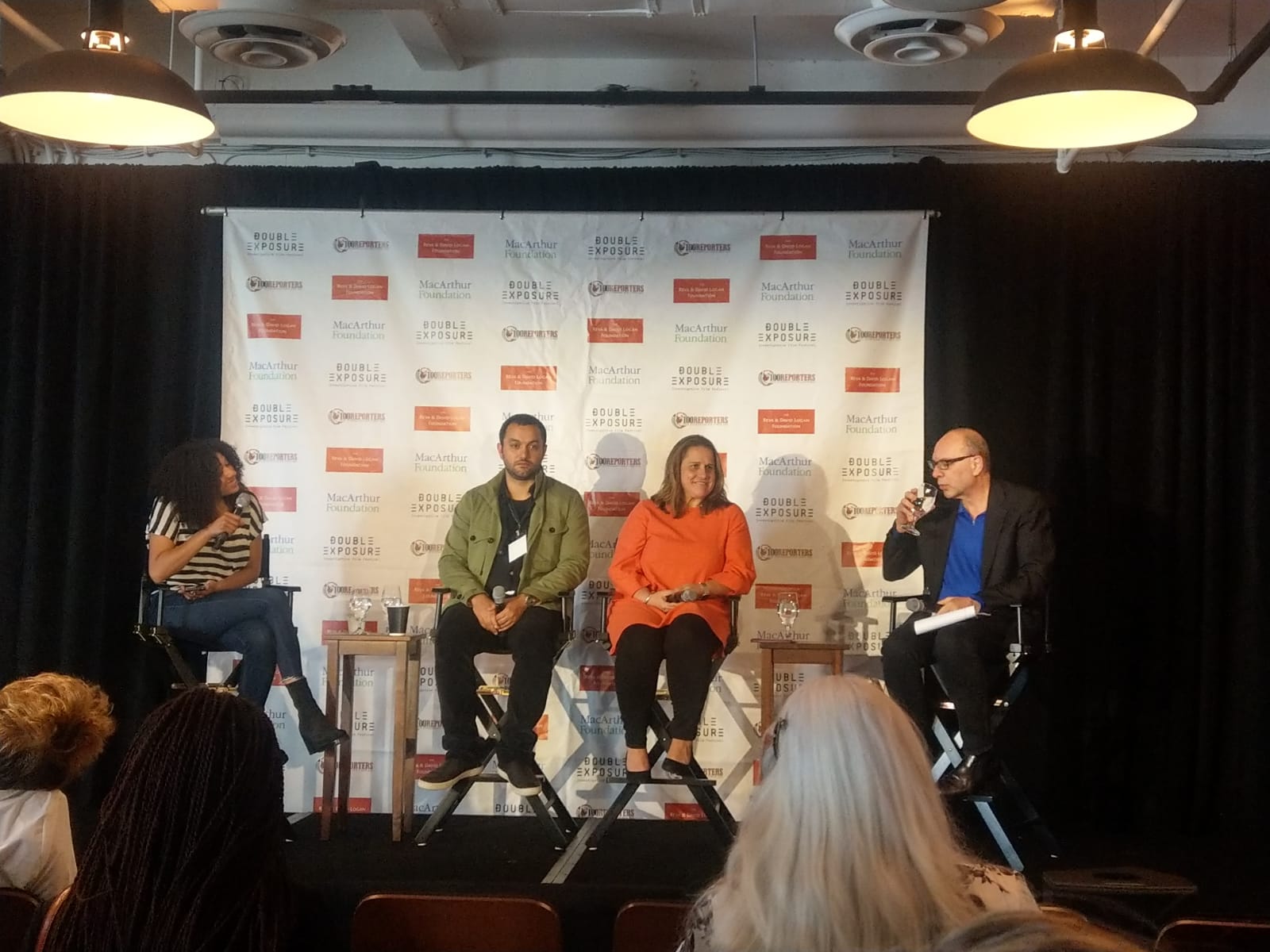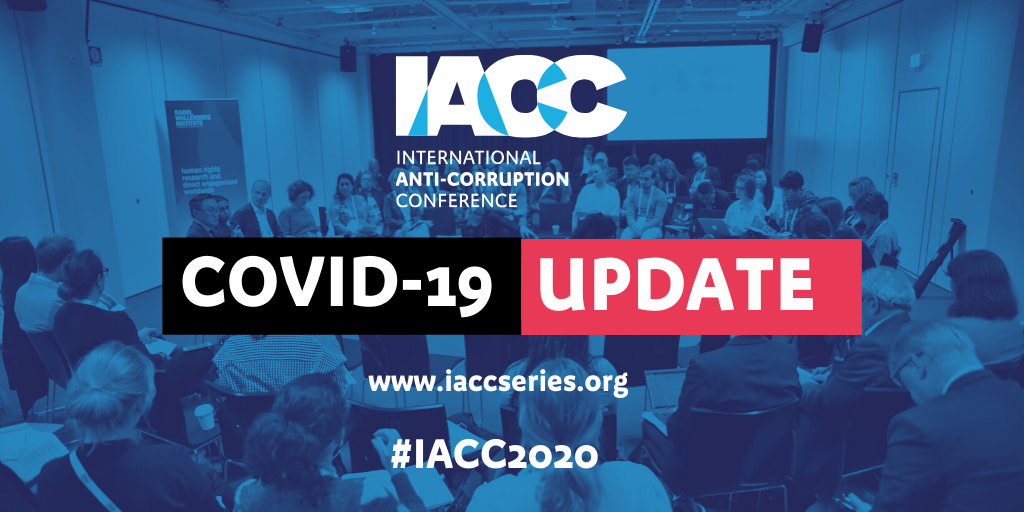The issue of race, as well as, how to tell compelling stories through audio-visual took the front burner at the 2019 Double Exposure Investigative Film Festival and Symposium.
The 4-day event, held at the Washington DC, the commercial nerve of the United States, was a gathering of investigative filmmakers and journalists from around the world.
Race, an ever timely and relevant conversation, has shaped nearly every aspect of modern life; from labour relations to, from education to the economy, from art to ethics, every sphere of human existent. This was the first workshop deliberation at the symposium.
The nuances of race and how it affects people living their daily lives are better captured and unpacked through compelling audio-visual elements, the panellists seem to agree.
The panellists, Wesley Lowery, Michele Stephenson and Marco Williams, examined the representation of race and the black experience through film and journalism.
Williams, a multi-award winning documentary filmmakers, opined that certain stories can only be told by persons who share similar realities with the subject.
Also, Pulitzer winning Lowery is convinced that filmmakers and storytellers must continue to pay attention to the nuances of race in changing behaviour and challenging stereotypes.
“More than important, it is fundamental for our future,” Stephenson said.
In other panels, moderated by Patricia Aufderheide, producers and journalists from leading audio-visual focus media platform discussed the importance of creative videos content in driving social change.
Newsrooms around the world are struggling for the same audience targeted by creative infotainment and witty contents on social media. According to the panellists, it, therefore, becomes important for newsrooms to explore captivating audio-visual in storytelling, unpacking long investigations and representing realities.
The experts whose newsrooms are at the forefront of the shift from long-read text to compelling audio-visual contents discussed the perks of news dissemination in this format.
Katie Campbell, an award-winning journalist with the Propublica; Lindsay Crouse, a producer for the New York Times Op-DOcs series; Lauren Feeney, Video Team Lead at Intercept, Cassandra Giraldo, photojournalist and producer at Vice News; Amanda Pike, team lead of the Centre for Investigative Reporting TV and documentary department; and Zach Toombs, documentary producer at Newsy, spoke about how their various newsrooms have driven impactful messages through creative video content.
Pike argued that long-form journalistic piece is still very relevant but audio-visual would get more audience. “People watch films more than they read long prose,” she reasoned, adding that “views are a great driver of impact.”
Giraldo took the conversation further, saying great video content created on the back of smart collaboration and harnessing all relevant skills in the newsroom.
However, audio-visual content also has its challenges; convincing sources to be recorded on camera and getting victims to retell agonising stories multiple times are some of the critical moments that every filmmaker faces. According to Campbel, the success or lack of it at this stage would determine how great the final product would be.
To learn more about the Journalists for Transparency, visit j4t.org
By Banjo Damilola, Young Journalist.


